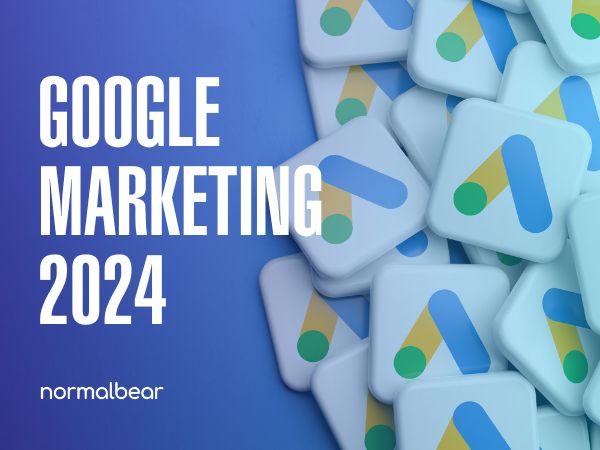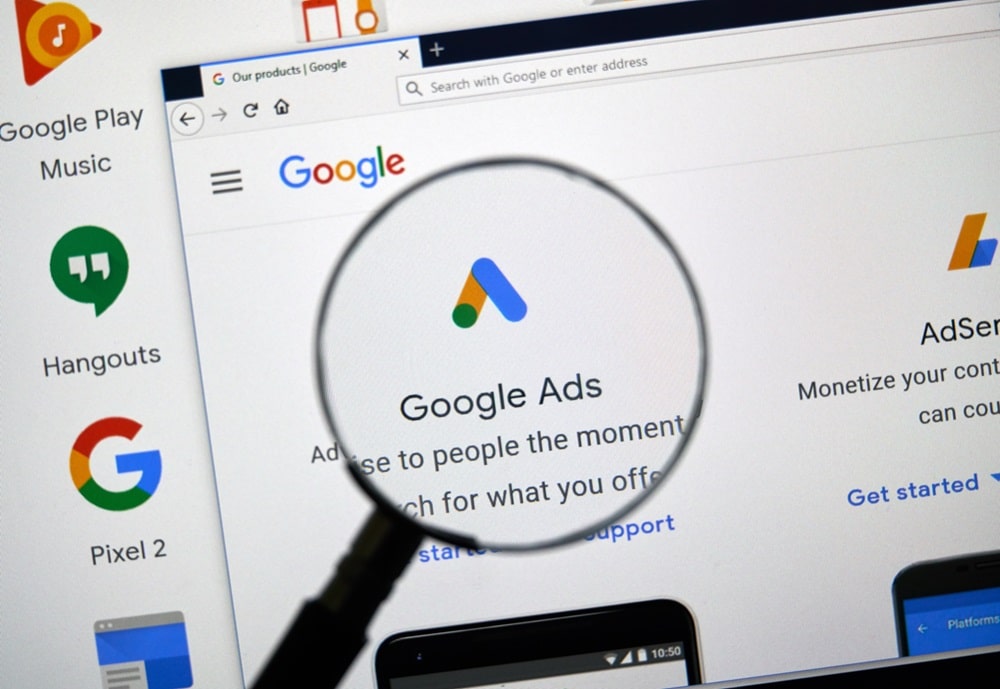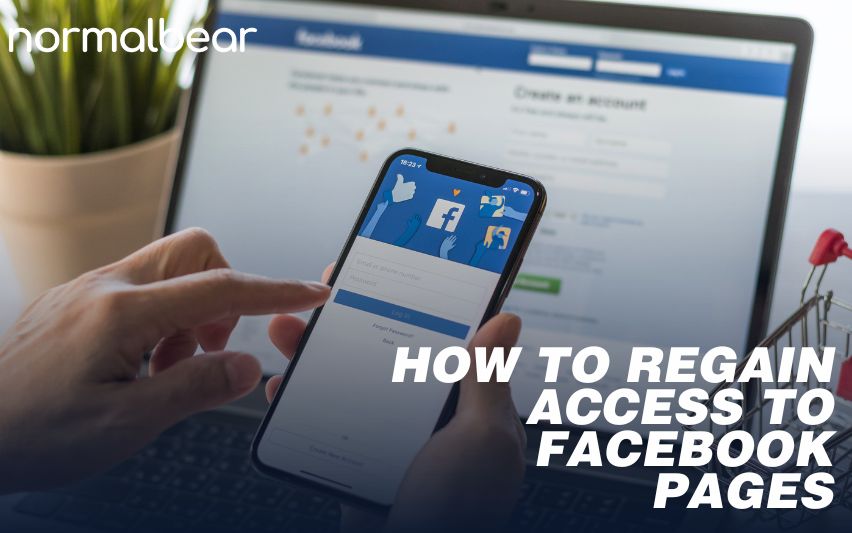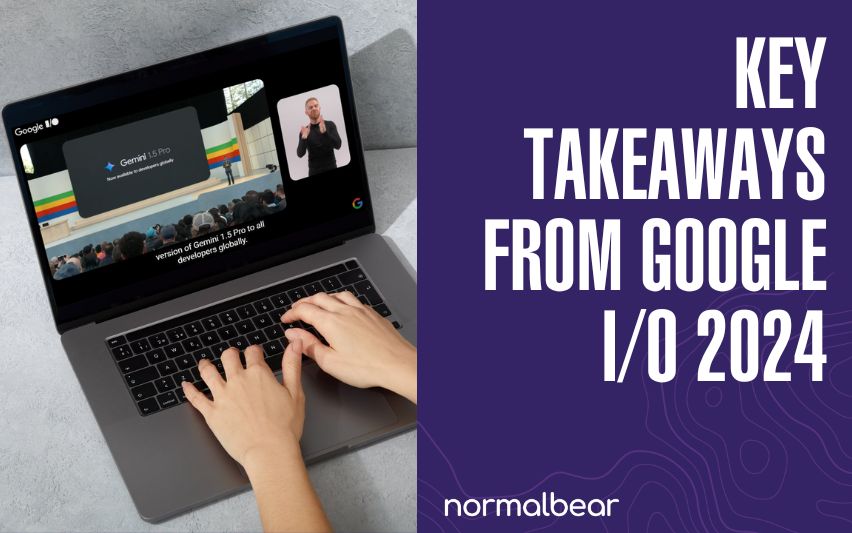Mobile device use is up, even at home. Tablets and mobile phones are lightweight and portable. Today’s website visitors expect your site to be “mobile-friendly” or “responsive,” but what does that mean? Well, here’s what it means:
-
- Responsive websites are the only ones that work properly on a mobile device.
- Every single website must be responsive today.
- Mobile-friendly websites are inherently responsive.
This probably doesn’t really clear things up much, so let’s talk about how each functions, which will help you decide what’s best for your business.
Responsive Design Characteristics
A responsive website responds and/or changes based on both the user’s needs and the device they are using. It has device-based dynamic content that changes, optimized images, correct spacing and relies on the mobile operating system to function. Responsive design means text and images change from what might be a three-column layout to one that perfectly fits the device’s screen.
When you’re viewing a website on a desktop computer and are curious to see if it’s responsive, just shrink the window size and see if the display changes to match the size of the window. Responsive websites respond (hence the name) with the user in mind, and provide usability no matter what the device.
All responsive websites have these characteristics:
-
-
- Changing, dynamic content
- Condensed navigation
- Optimized images
- Proper spacing and negative space
- Functions rely on mobile operating systems
-
Mobile-Friendly Design
With mobile-friendly design, nothing changes between devices – it’s designed to work exactly the same way, no matter what you’re using.
This means that mobile-friendly designs do not change based on the device. There are no functionality changes other than the scale. However, website features like navigational drop-down menus are limited because they can be difficult to use on mobile phones or tablets.
This means the website is literally the same, always, and has no usability concerns regardless of device because its function doesn’t depend on the operating system.
Mobile-friendly websites have the following features:
-
-
- Content is static and doesn’t change
- Navigation is simplified
- Images are smaller when displayed
- Functions properly without relying on the mobile operating
-
What’s the Best Design for Your Business?
In the most basic terms, choosing the best design option depends on who you do business with.
-
- What is the purpose of your website?
- Why do visitors go your website? What are their goals?
- Which device do your visitors use most often?
- What is your budget?
Responsive design provides a more customized mobile experience. However, it does require more planning, greater expertise, and is more expensive. It’s best for businesses that:
-
-
- Get at least 35% of web traffic from mobile devices
- Have complex site content or features that don’t work well on a mobile device
- You don’t often update your website, but want it to appear up-to-date
-
Mobile-friendly design gives a consistent experience across all devices. This means your site will be more basic, without a bunch of bells and whistles or fancy functionality, but it will work. This approach is less expensive than responsive design, but your businesses should choose it if:
-
-
- Fewer than 35% of your audience enters your site from mobile devices
- Your site is simple and text-and-image based and doesn’t require complex functionality
- You use small image sizes, which load faster on mobile
-
Options are good, but most businesses today really need a responsive site. Regardless of your brand or industry, it’s likely a large percentage of your website traffic is coming from mobile, and you can’t afford to lose that much of your audience just because your site looks bad on a phone.
You see, mobile-friendly isn’t really that friendly for users because it’s so bare-bones. Your site will look dated, and any advanced functionality you might need is impossible.
Mobile use is only going to grow, so you’re basically future-proofing your website by using responsive design.
The mobile market is huge, and Normal Bear can create a truly user-friendly web experience that works across devices and provide exponential value for your organization.








